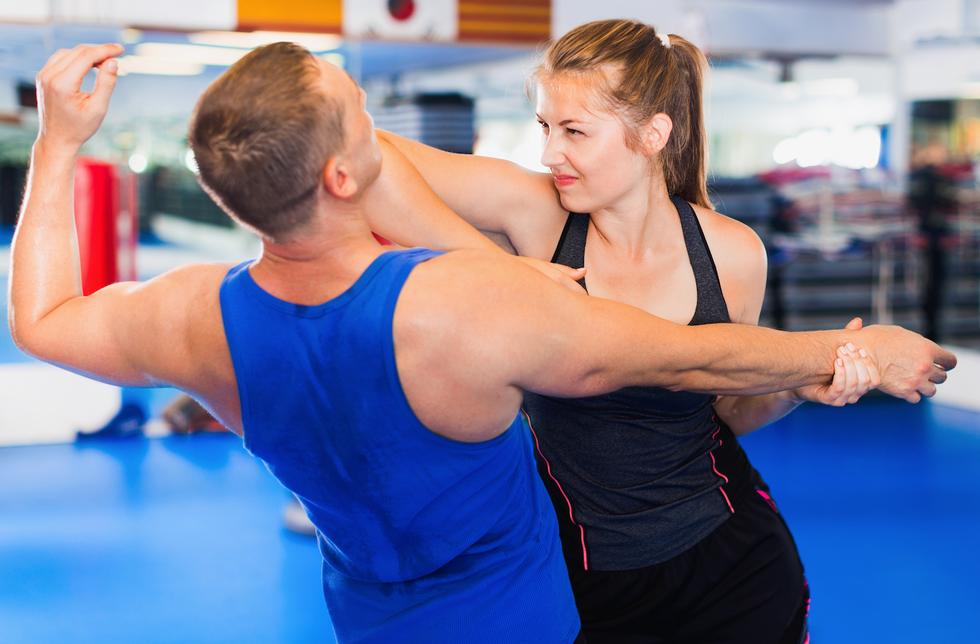
CIT officers can respond to mental healthcare crises in their community by being trained as Crisis Intervention Team (CIT). They are also trained in de-escalation techniques and mental health first aid. They complete a range of training, including role playing exercises. Learn more about how to become a CIT officer.
Crisis Intervention Team (CIT), officers are trained in responding to mental health crises
CIT officers (Crisis Intervention Team) are officers of the police who have been trained to respond to mental-health crises. Their primary goal is de-escalation of the situation without using force and to refer individuals with mental health needs to mental healthcare facilities. The training focuses on five goals: reducing injuries to officers as well as the person in crisis, encouraging decriminalization and reducing stigma around mental disorders, and using crisis intervention teams.

They can also provide de-escalation training
Specialized training is provided to Cit officers in order to manage potentially dangerous situations. This training uses a scenario-based approach that teaches how to intervene effectively and safely. Officers are required to complete multiple scenarios that are not possible in a classroom. After completing the scenarios officers get feedback from CIT experts and trained mental healthcare professionals.
They receive first aid training for mental health.
In order to avoid and respond to mental illness crises, it is important that Cit officers receive training in mental health aid. This program is modeled after nationally recognized Crisis Intervention Team training. The goal is to help first responders recognize signs and treat mental illness. It increases first responders’ knowledge about the mental health system, and fosters community relationships. This training reduces the risk of being involved in a mental health crisis and resulting arrests.
They take part in role-playing exercises
CIT officers must undergo extensive training to cope with emergency situations. Role-playing exercises are part of the training, as is advanced communication skills. They will also be able to have discussions with those suffering from mental illnesses and their families. The exercises are also intended to develop their de-escalation skills.
They also develop new curricula
CIT Program Management is now offering an eight hour training in Mental Health First Aid for the public safety, fire/EMS and fire/EMS audience. So far, four trainings were offered and all of them have been well received.

They stand for change
CIT officers are one of the most rewarding roles in law enforcement. They make a big difference in people's lives and ensure that they have access the right services. They also aid in preventing violence and trauma. CIT officers often deal with challenging situations and must utilize all their emotional and practical resources to make a difference. This is why CIT officers require ongoing support from their communities.
FAQ
Which is the best method of self-defense?
A woman should always have pepper spray on her person. It is important to have pepper spray on you in case you are attacked by someone greater than yourself. It might save your life.
Kicking is also a skill that women should learn. Kicking is a good way to protect yourself against an attacker.
How long does it take for a stungun to recharge?
It will vary depending on the battery type.
For example, AA batteries may take 2 hours to recharge while AAA batteries may take 8 hours.
What are some self-defense tips for women?
Self-defense is about being able to respond quickly. This means you must be ready for anything.
Train with friends is one of your best options. Partnering with a friend will enable you to practice together, and improve your technique.
Another tip is to practice with something heavy. If you are attacked, it is more likely that you will hit your attacker with a heavy object.
Statistics
- Boxers aren't allowed to fight in a clinch, which is a position that occurs in 80% of the streetfights. (mmaclan.com)
- Most likely, the person will want some kind of boxing match, so if you can out-box them, this would be 100% ideal for survival. (budodragon.com)
- The Rape, Abuse & Incest National Network reports that 70 percent of sexual violence cases aren't committed by random strangers in a dark alley but by people we know: friends, family, partners, co-workers, etc. (healthline.com)
- In a January 2018 survey of 1,000 women nationwide, 81 percent reported experiencing some form of sexual harassment, assault, or both in their lifetime. (healthline.com)
External Links
How To
How to use Kubotans to self-defense
Kubotan are small sticks that were used by Okinawan martial art masters as weapons. They were originally made of bamboo, but have been replaced with metal or plastic.
They measure approximately 5cm in length and 2cm in width.
The Kubotan is designed for striking at an opponent's eyes and nose. It can also strike other body parts such elbows, knees, and wrists.
Kubotan is a popular choice for women as they are light and portable, can be hidden when not needed, and can be carried by most people.
Knowing where to place your Kubotan to strike the correct spot is essential to be able to effectively use it.
Before you can hit the right spots, practice with the Kubotan.
You will learn how to use your Kubotan in self defense.
-
Face the attacker
-
The Kubotan should be held between your index and thumb.
-
Raise the arm holding the Kubotan above your head.
-
Swing the Kubotan toward the attacker's forehead.
-
Attack the attacker with a fist.
-
As the Kubotan strikes the target you should be capable of seeing its impact.
-
Keep swinging the Kubotan up and down until you hear a "thwack".
-
Step back and lower the Kubotan.
-
Repeat Steps 1-7 if you wish to keep fighting.